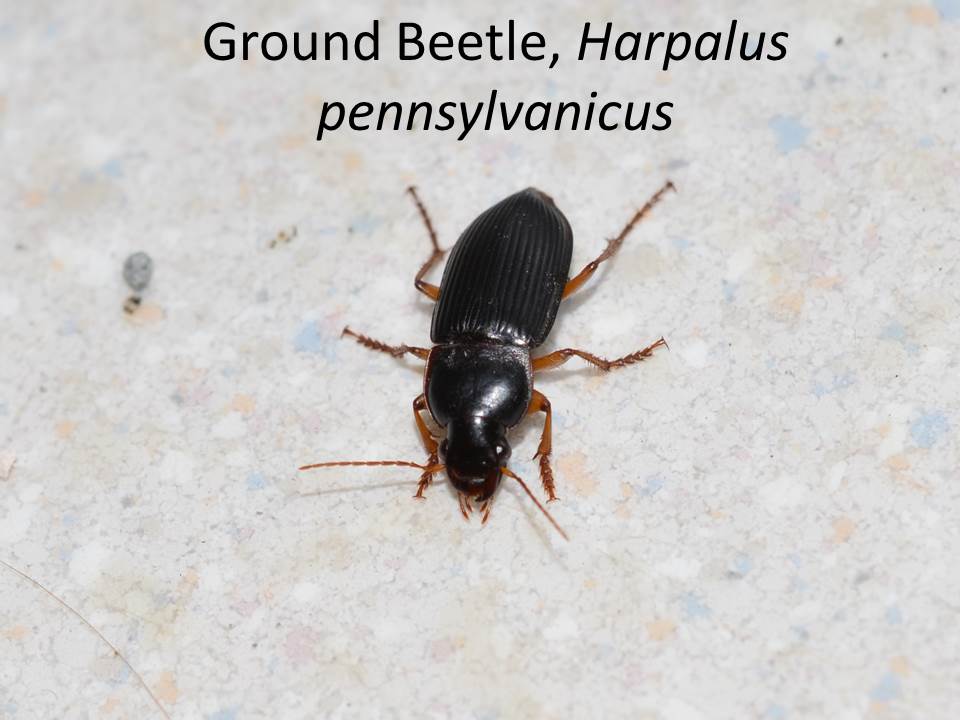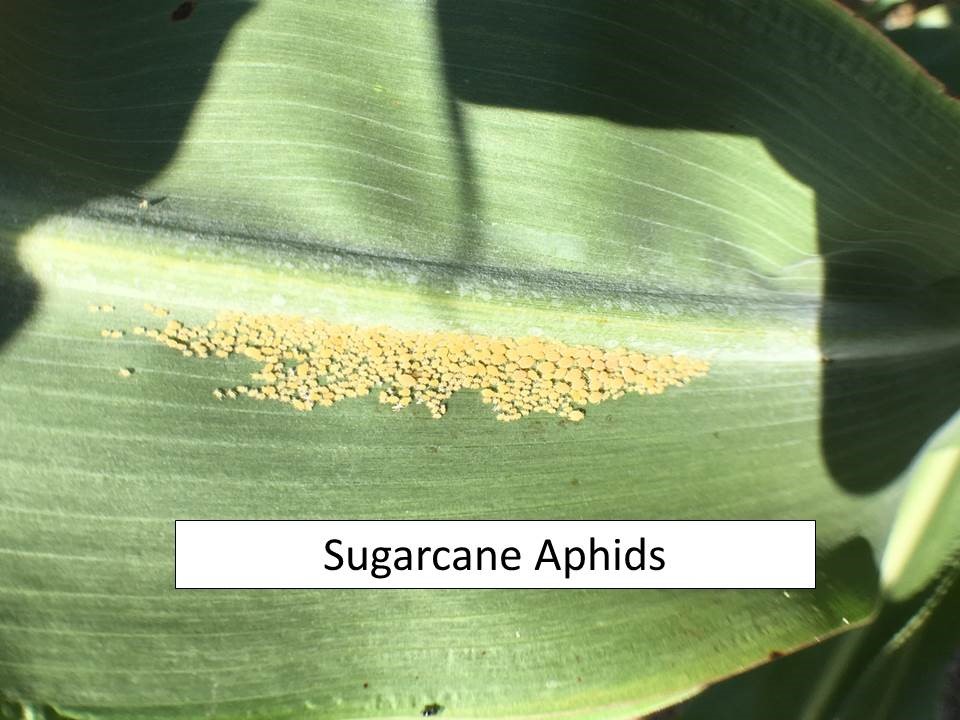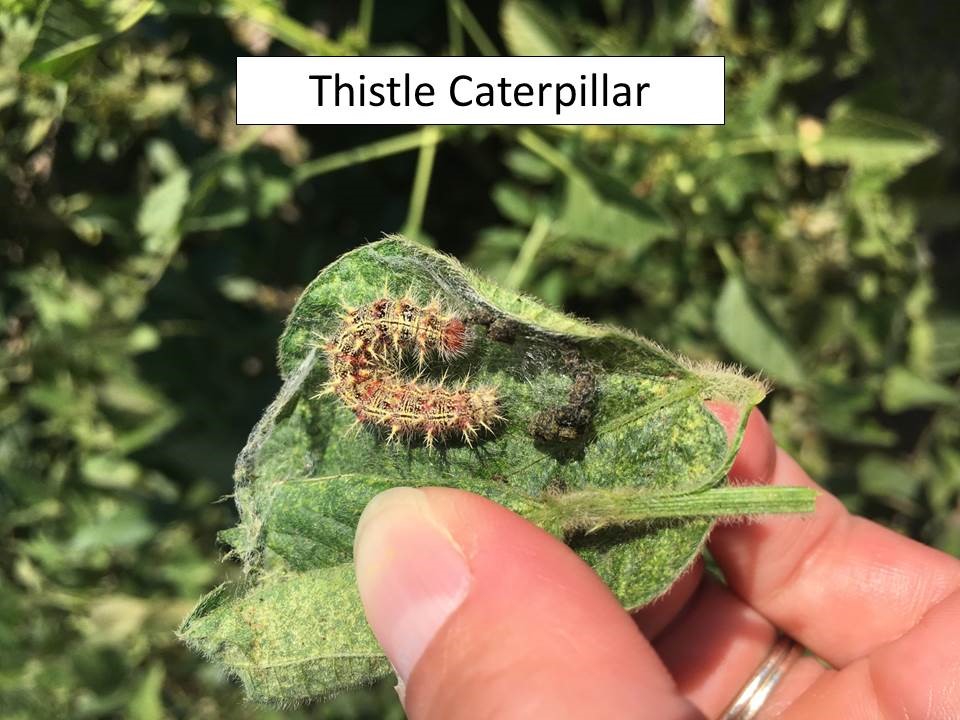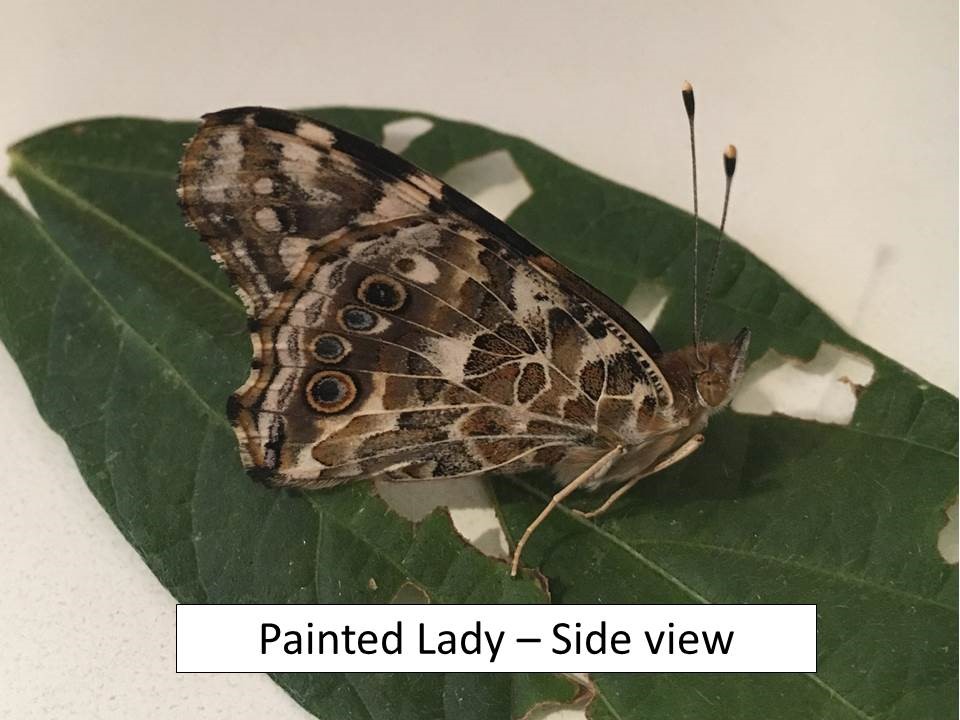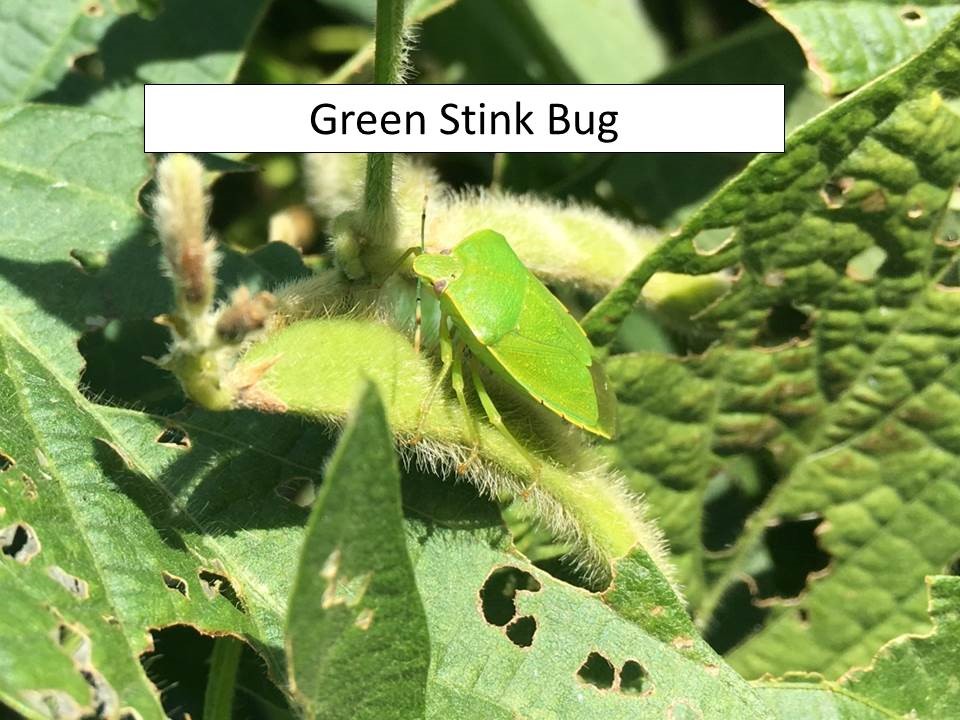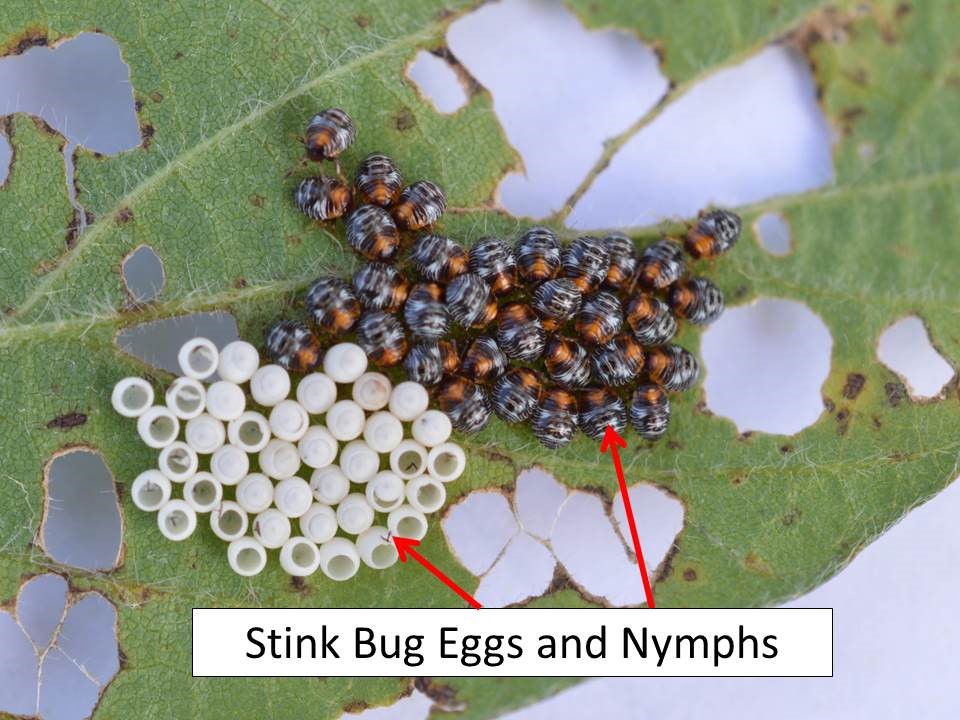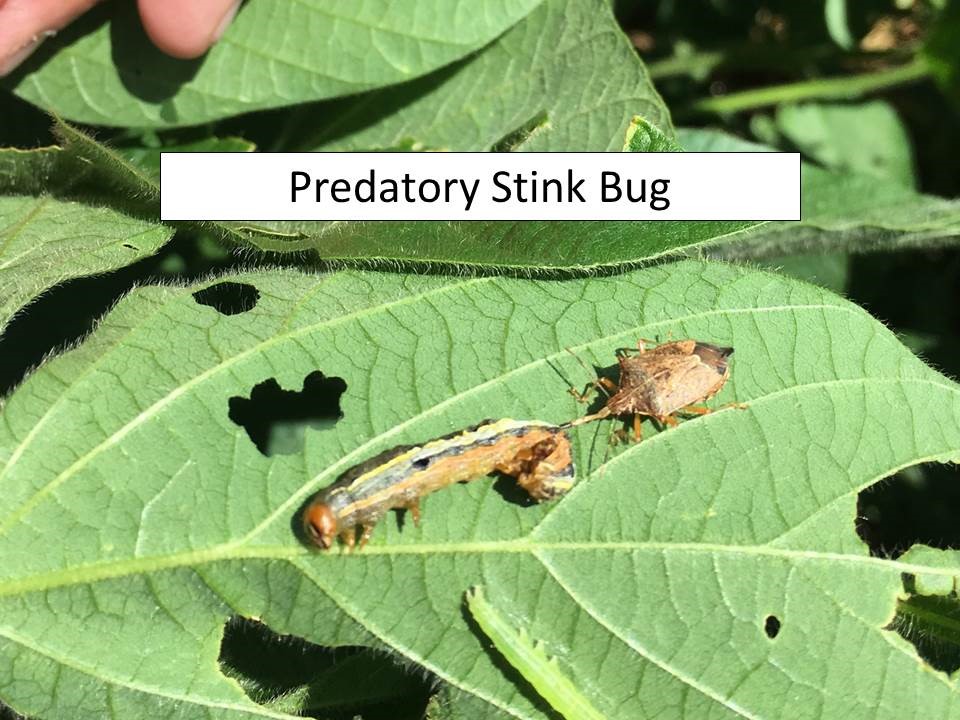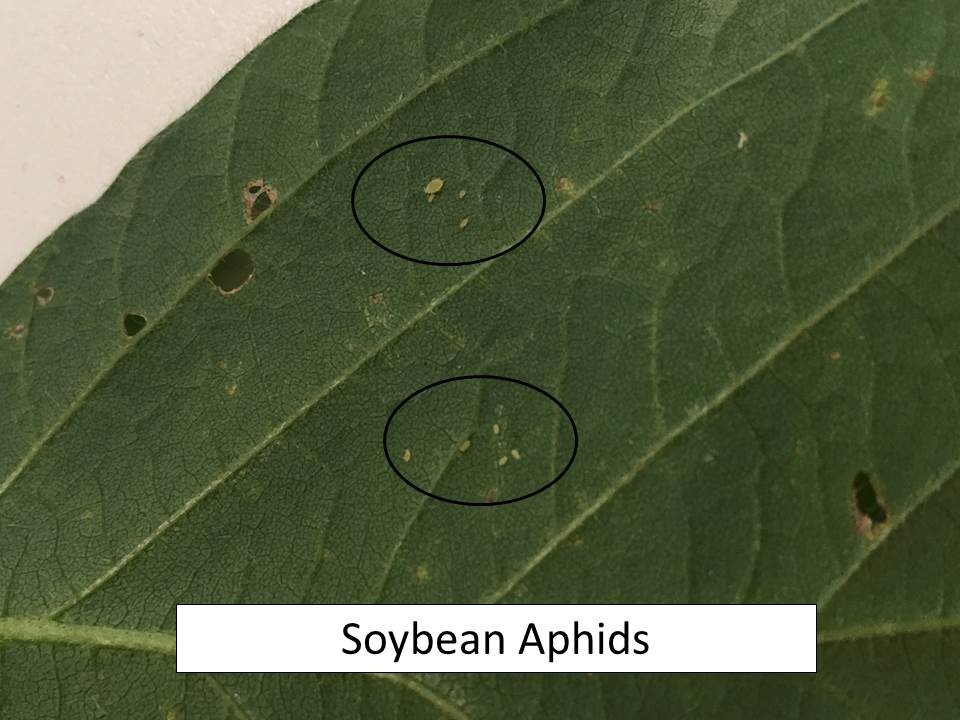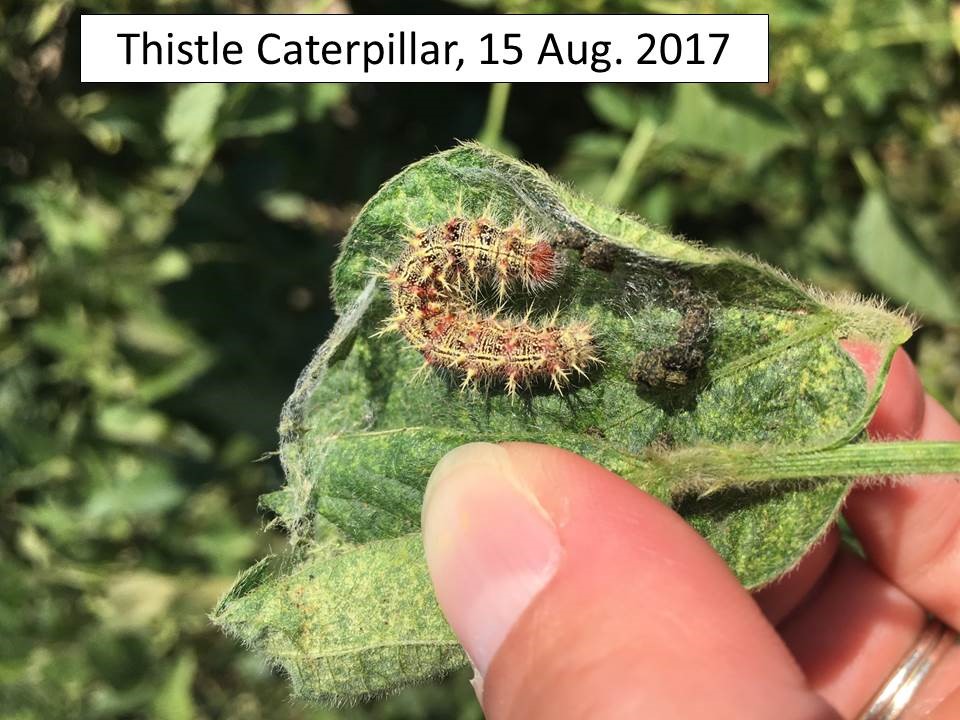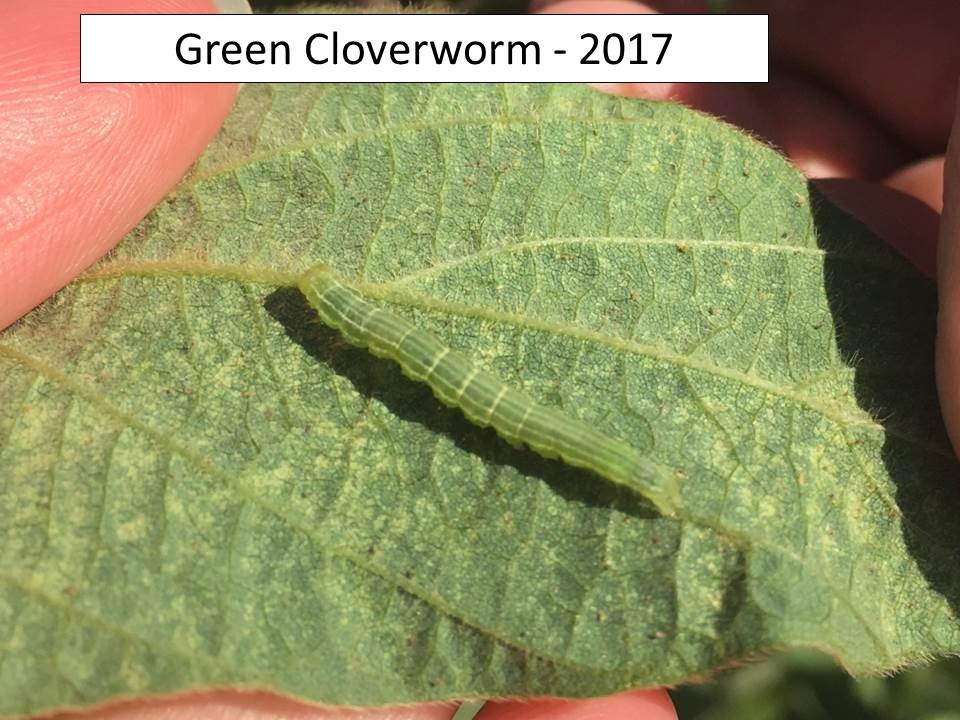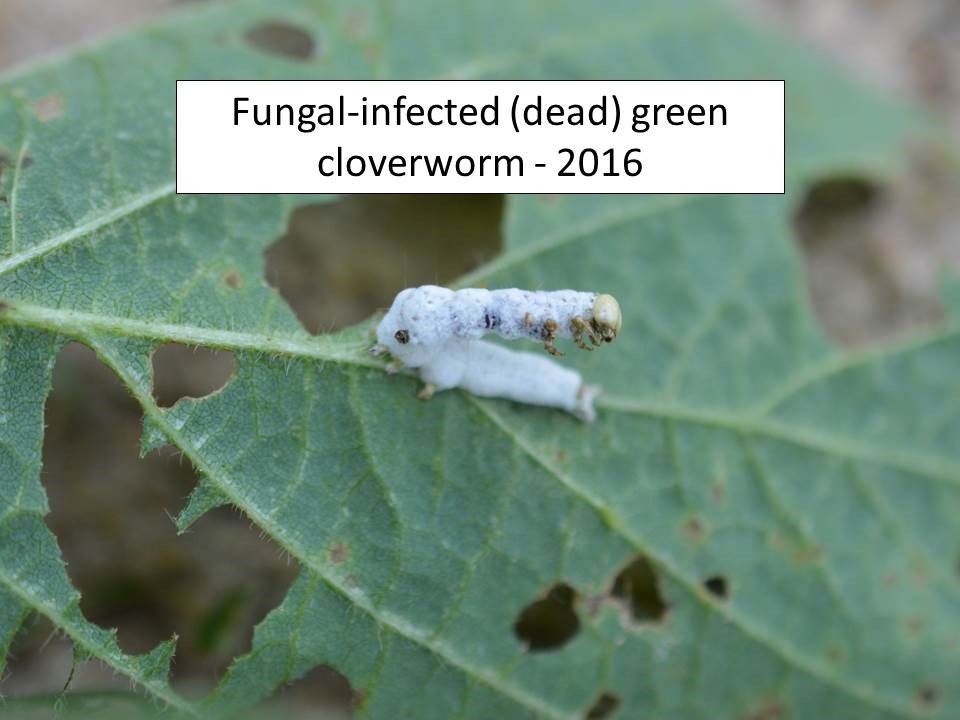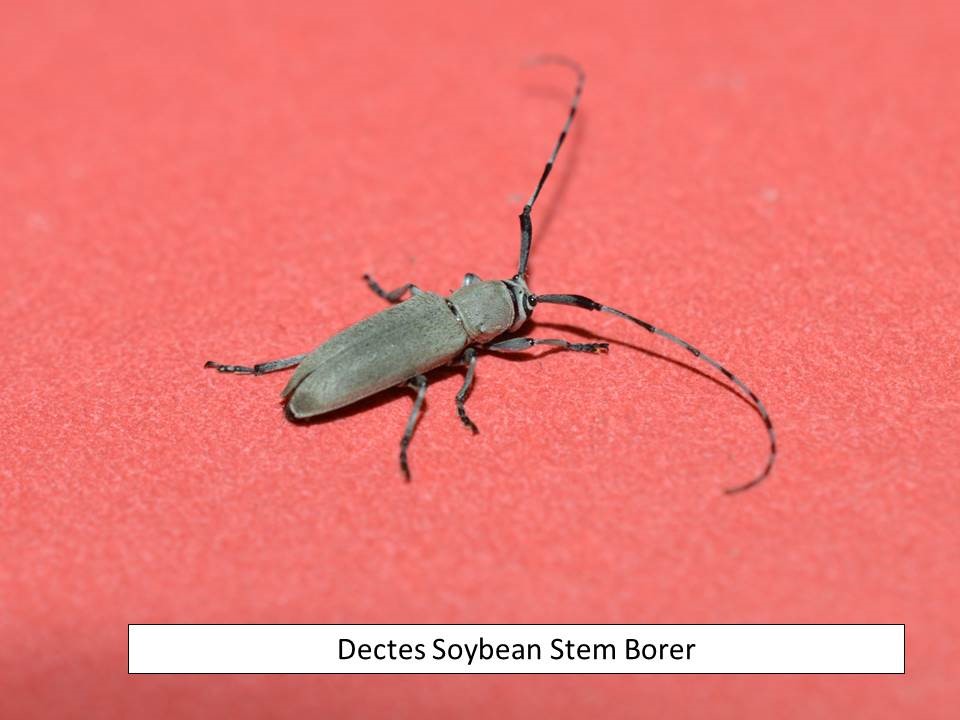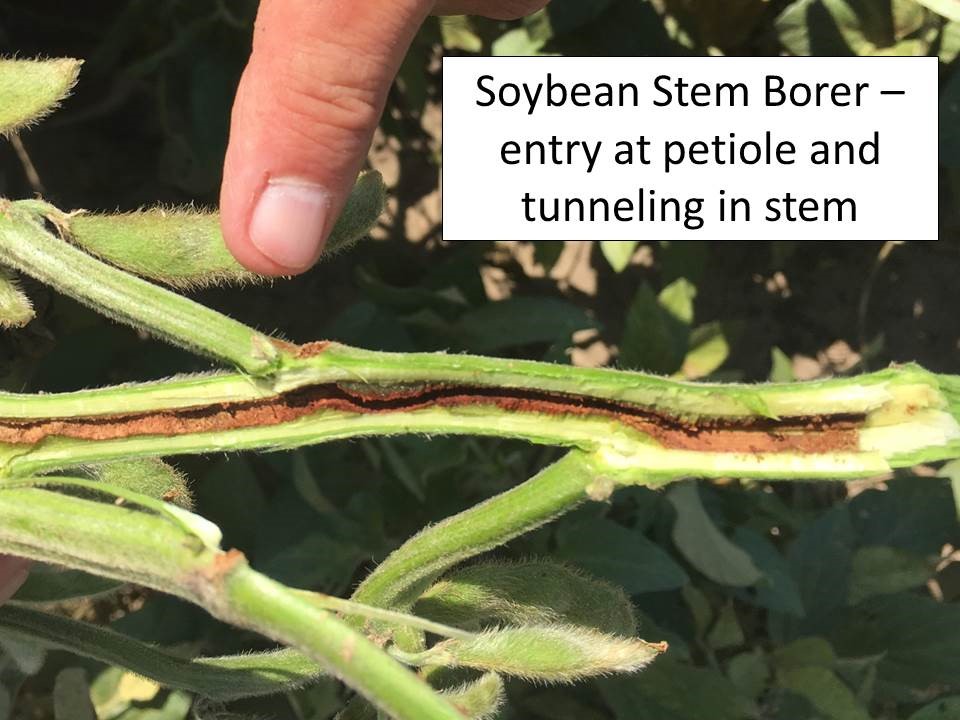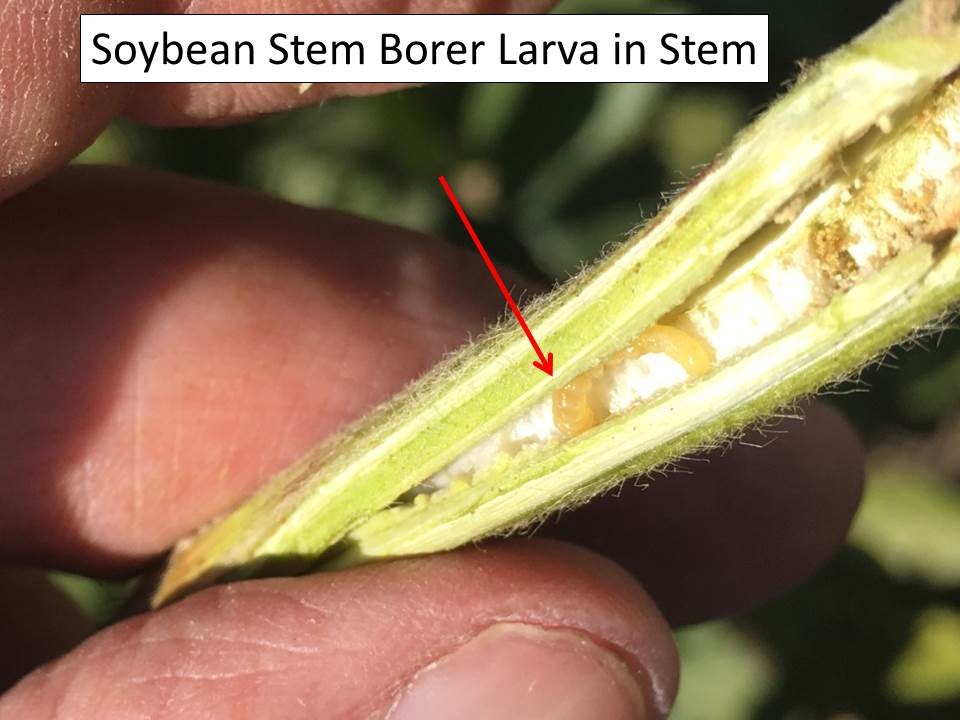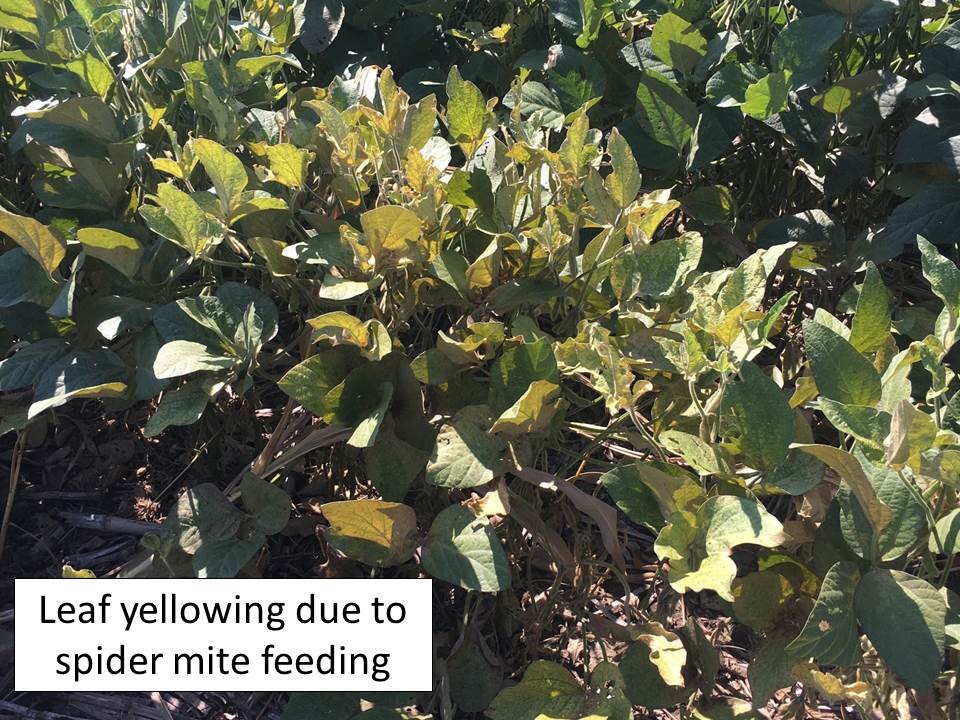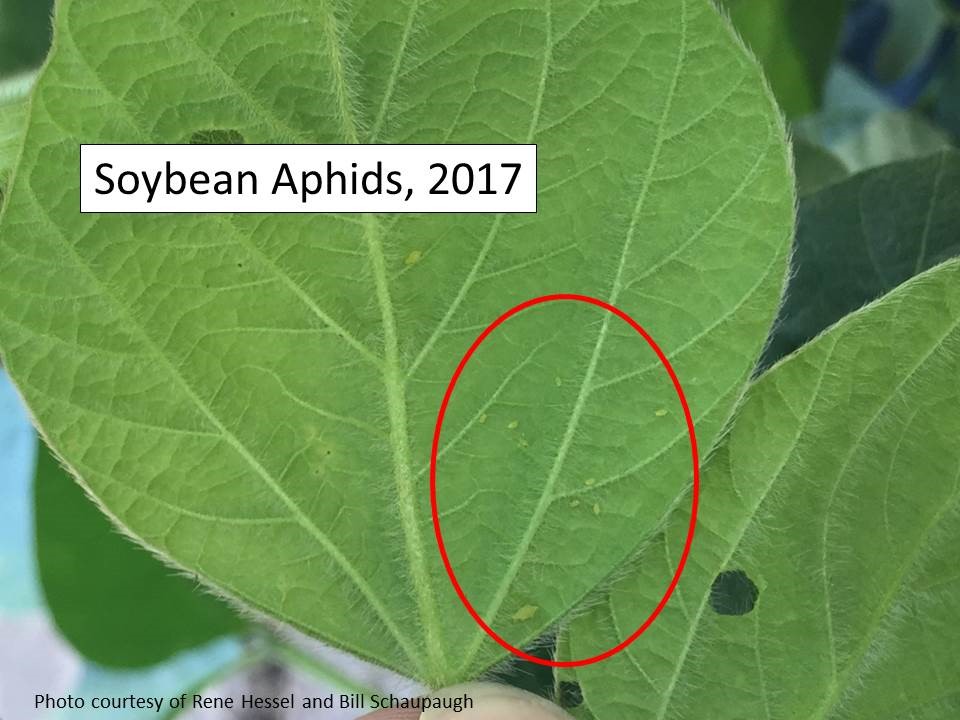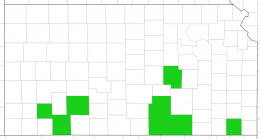— by J.P. Michaud, Sarah Zukoff and Brian McCornack
The sugarcane aphid (SCA) has been causing a range of harvesting problems in central Kansas. In some cases, sticky honeydew has been gumming up combines, sometimes bringing harvest to a halt, or slowing combine speeds. Fortunately, provided the grain has hardened, you can wait for a week or so and this honeydew will be weathered by the elements (and sooty mold) so that it is no longer sticky. The sooty mold that grows on it is not toxic, and so is not a concern for the cattle for those who plan to graze the stubble. However, palatability and nutritional value of the stubble may be somewhat reduced if aphid infestations have been heavy.
A more widespread problem is that aphid infestations in maturing panicles have caused uneven ripening of the grain, which in turn has caused uneven drying. Harvest has been delayed in some cases because grain moisture measurements in a field can be so variable that a decision to harvest is difficult to make.
Back in late September, we observed a sudden cold snap in SW Kansas (overnight low = 39 deg F) that caused significant aphid mortality (Photos 1 & 2).
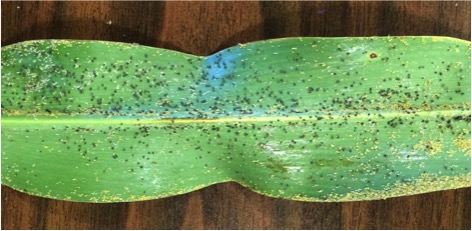
Photo 1. SCA summer forms killed by 39 deg F cold shock, Garden
City, KS, Sept. 28, 2016 (Sarah Zukoff). Dead aphids are black.
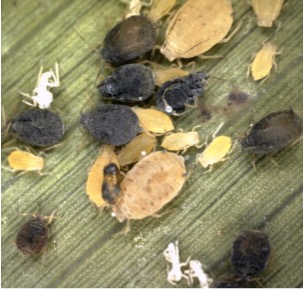
Photo 2. Close-up of summer forms killed by cold shock (Sarah Zukoff).
This suggested that large numbers of aphids might be killed by low temps that were still well above freezing. However, as day length shortens and temperatures get gradually cooler in the fall, we can see the aphids transition to a ‘winter phenotype’ with biology quite different from the pale yellow forms we see in summer. The aphids become much darker in color, slower to grow and reproduce, longer lived, and much more cold tolerant. This was evident in a field in Rooks County (thank you Cody Miller!) that had two successive freeze events last weekend (overnight lows were 23 and 26 deg F, respectively), and yet had remarkably high numbers of aphids still alive as harvest began on Tuesday. It is possible that aphids lower down within the crop canopy were buffered somewhat from the extreme lows, However, even though all the leaves were killed by the freeze, many aphids remained alive on the stems and in the leaf axials, with freeze-killed aphids appearing black and shriveled (Photos 3-5).

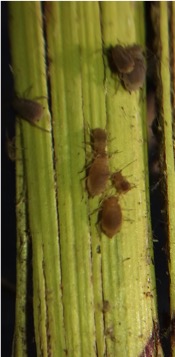

Photos 3, 4 & 5. Winter phenotype SCA that survived 2 freeze events, Rooks
County, KS, Nov. 15, and those that did not (black). (photos Ahmed Hassan).
The winter phenotype of SCA is clearly adapted to survive short, sub-tropical winters by remaining alive on any green plant tissues or vegetative regrowth, as they have been doing in south Texas (Photo 6). Of course this will not happen in Kansas, so all the aphids will disappear once the plants are completely dead.
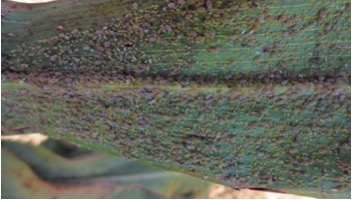
Photo 6. Overwintering colony of SCA in south TX, Dec. 2013 showing
dark coloration of winter phenotype (photo Raul Villanueva)
Great variation in hybrid susceptibility to SCA has been evident in a number of performance tests this year, with many seed companies identifying one or more lines with substantial resistance and/or tolerance to these aphids. Farmers are should seek advice from seed company representatives on which of their hybrids have performed best under aphid pressure.
